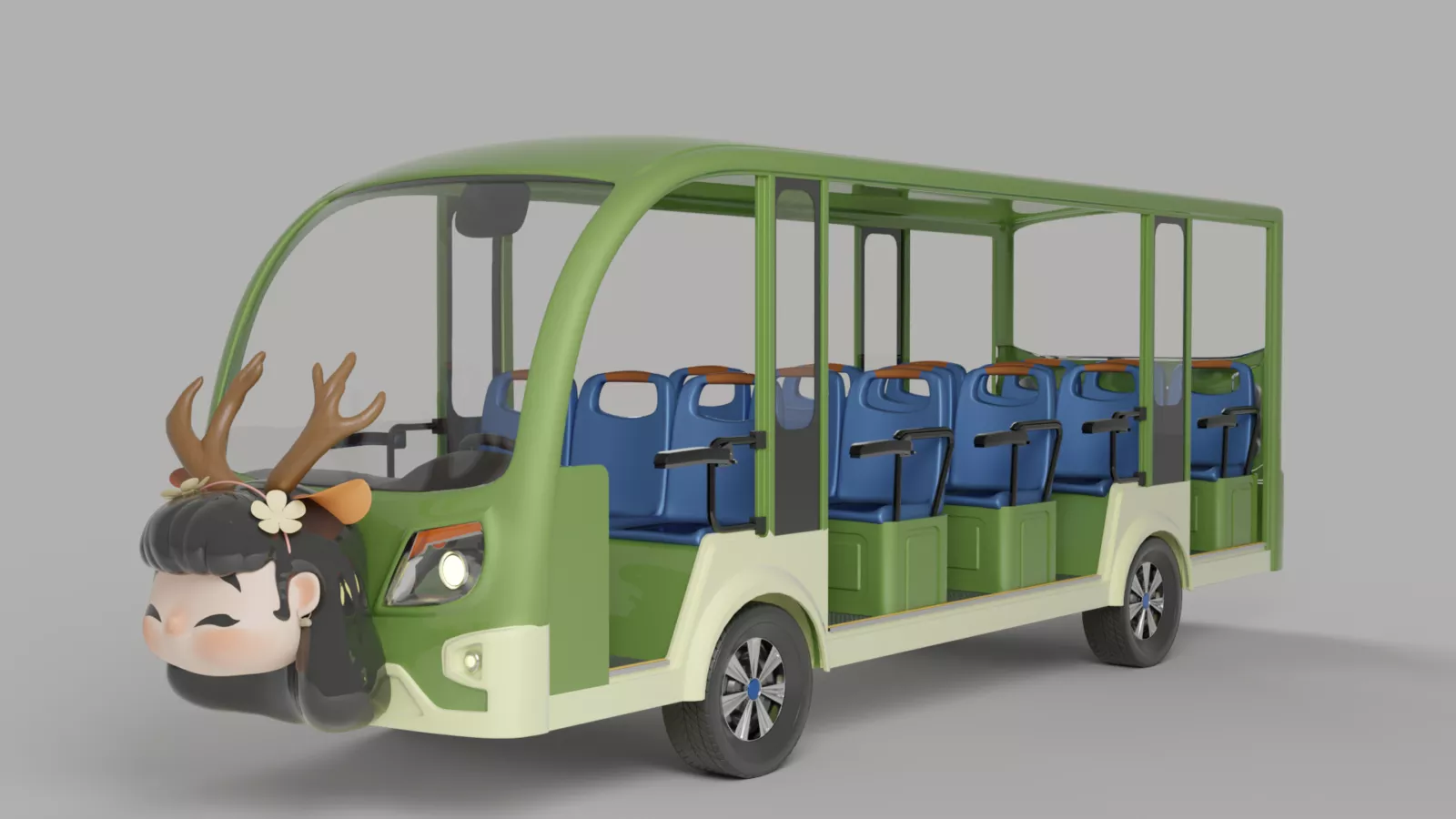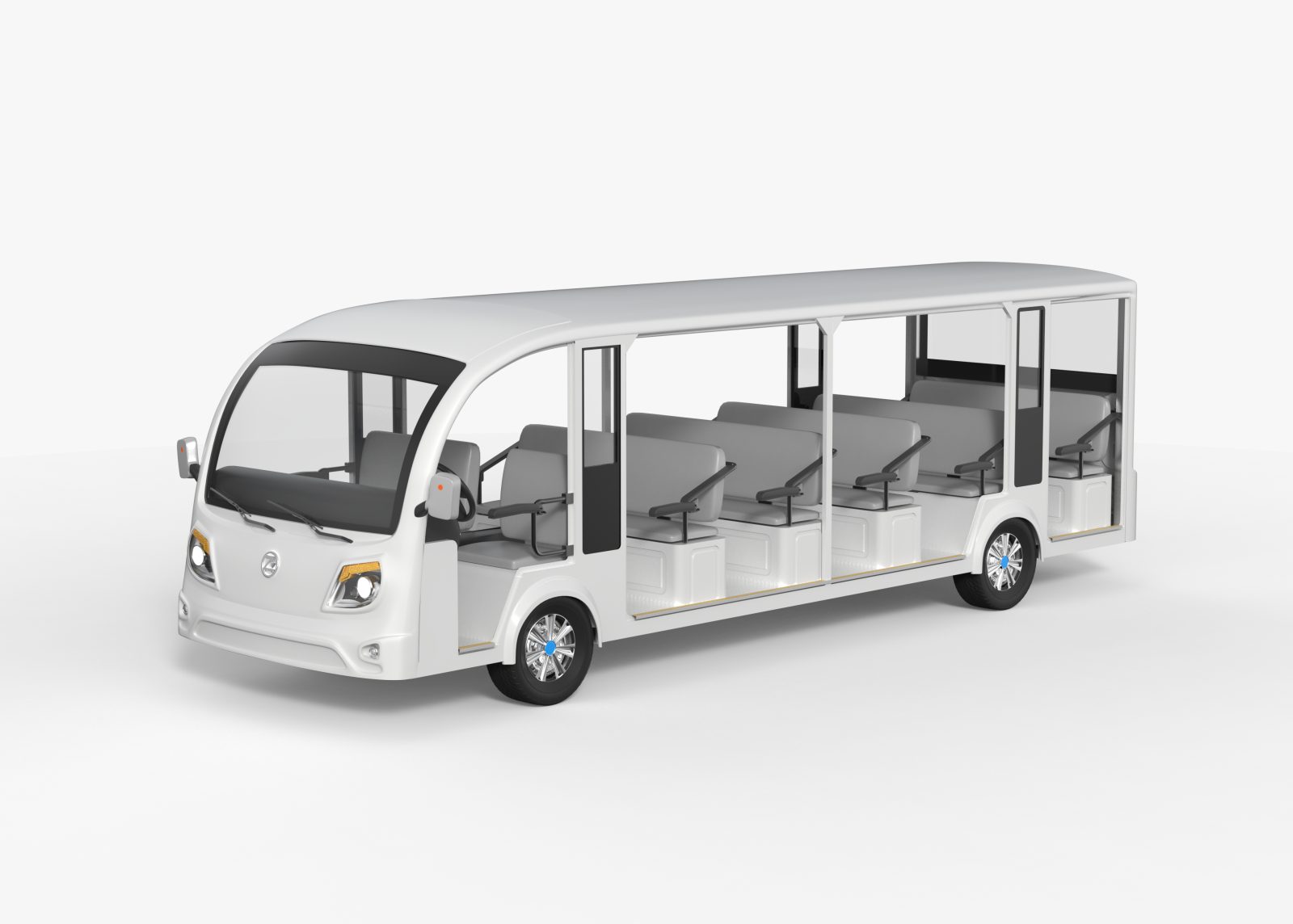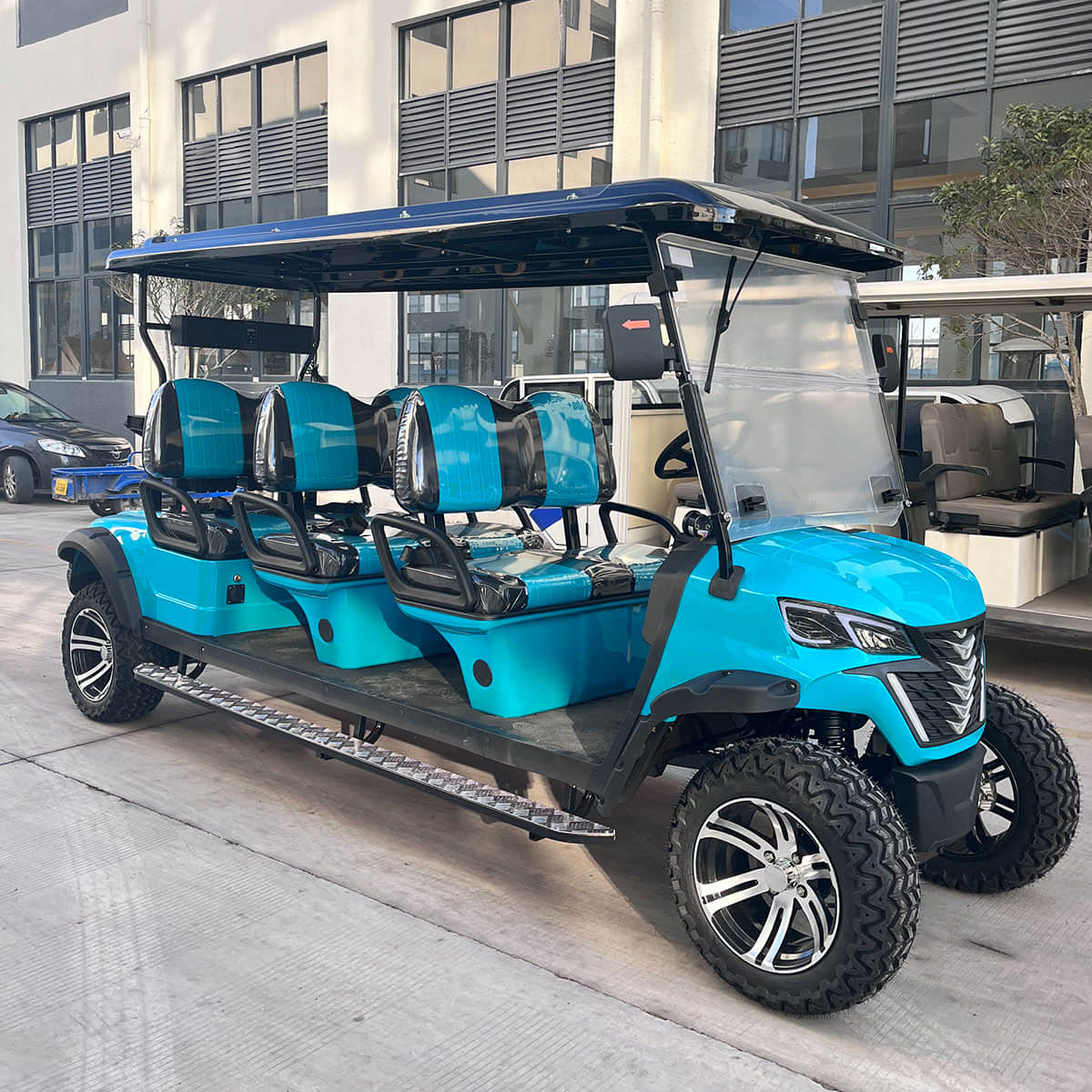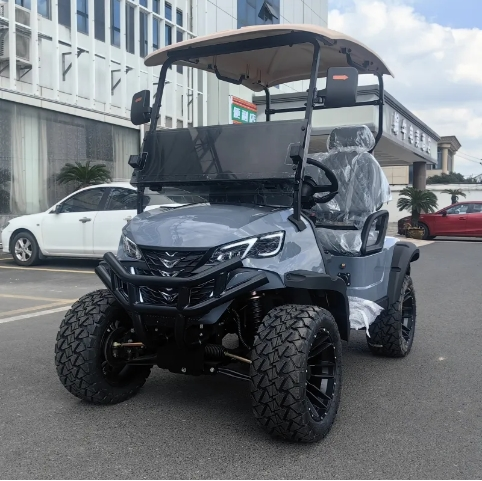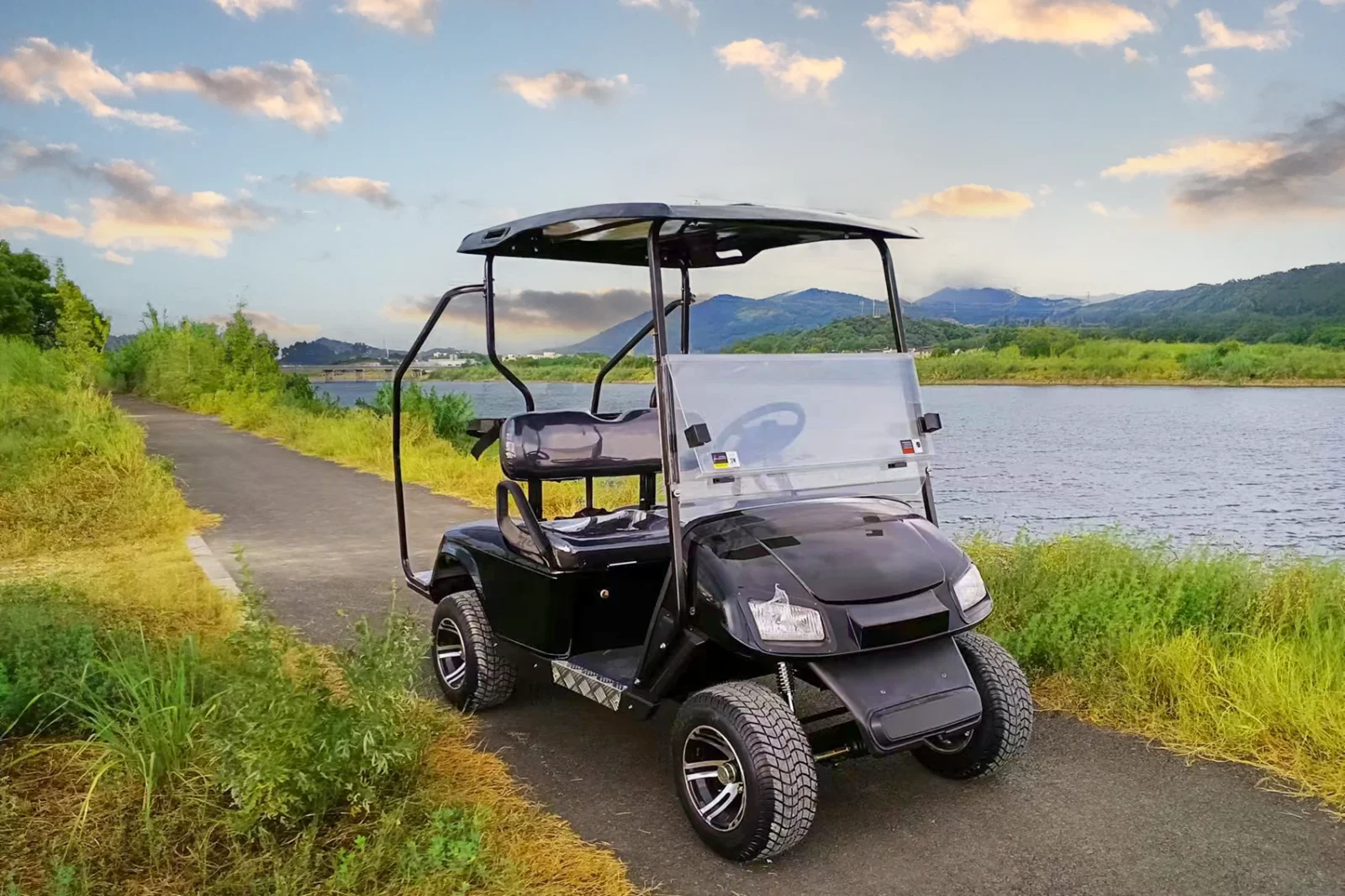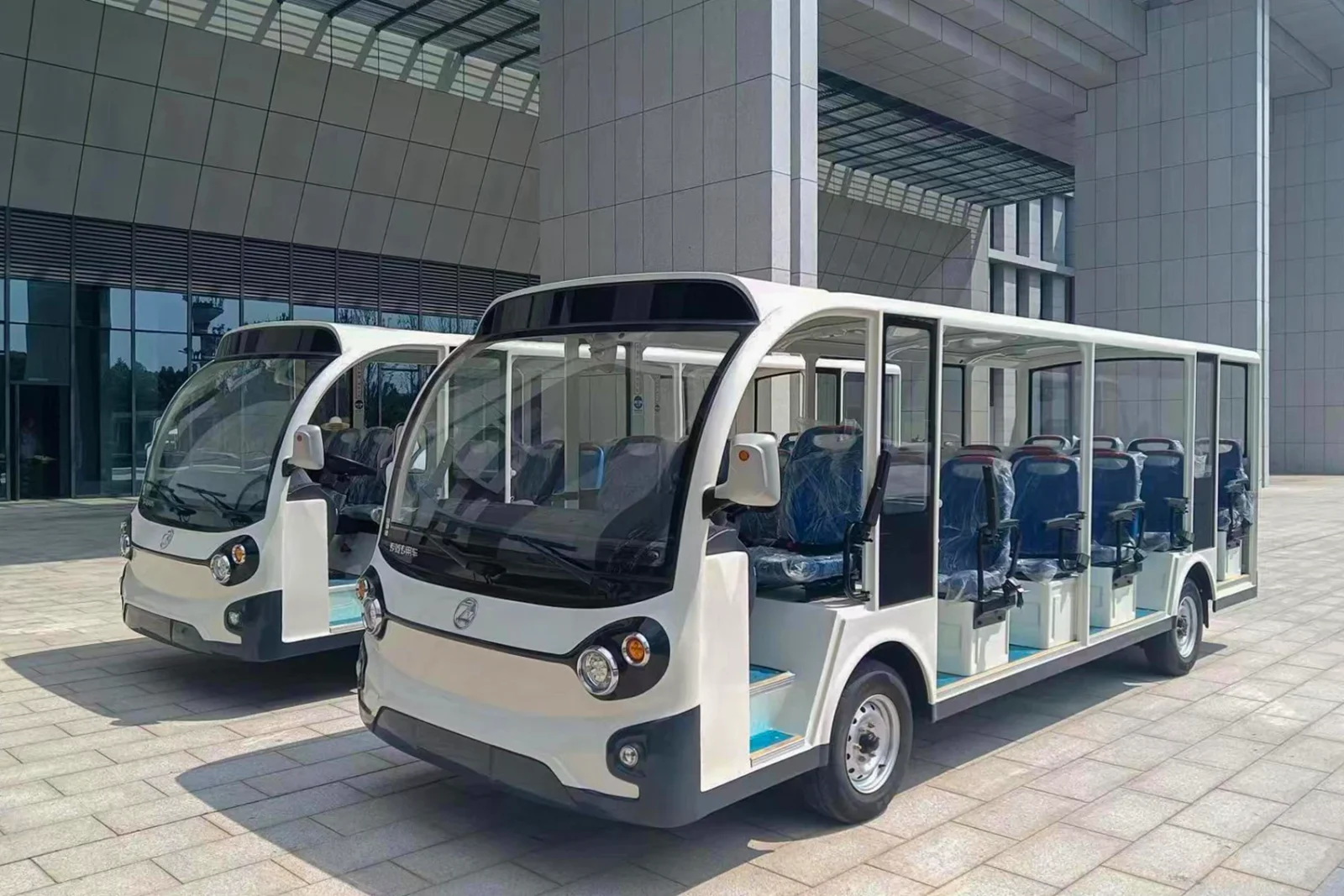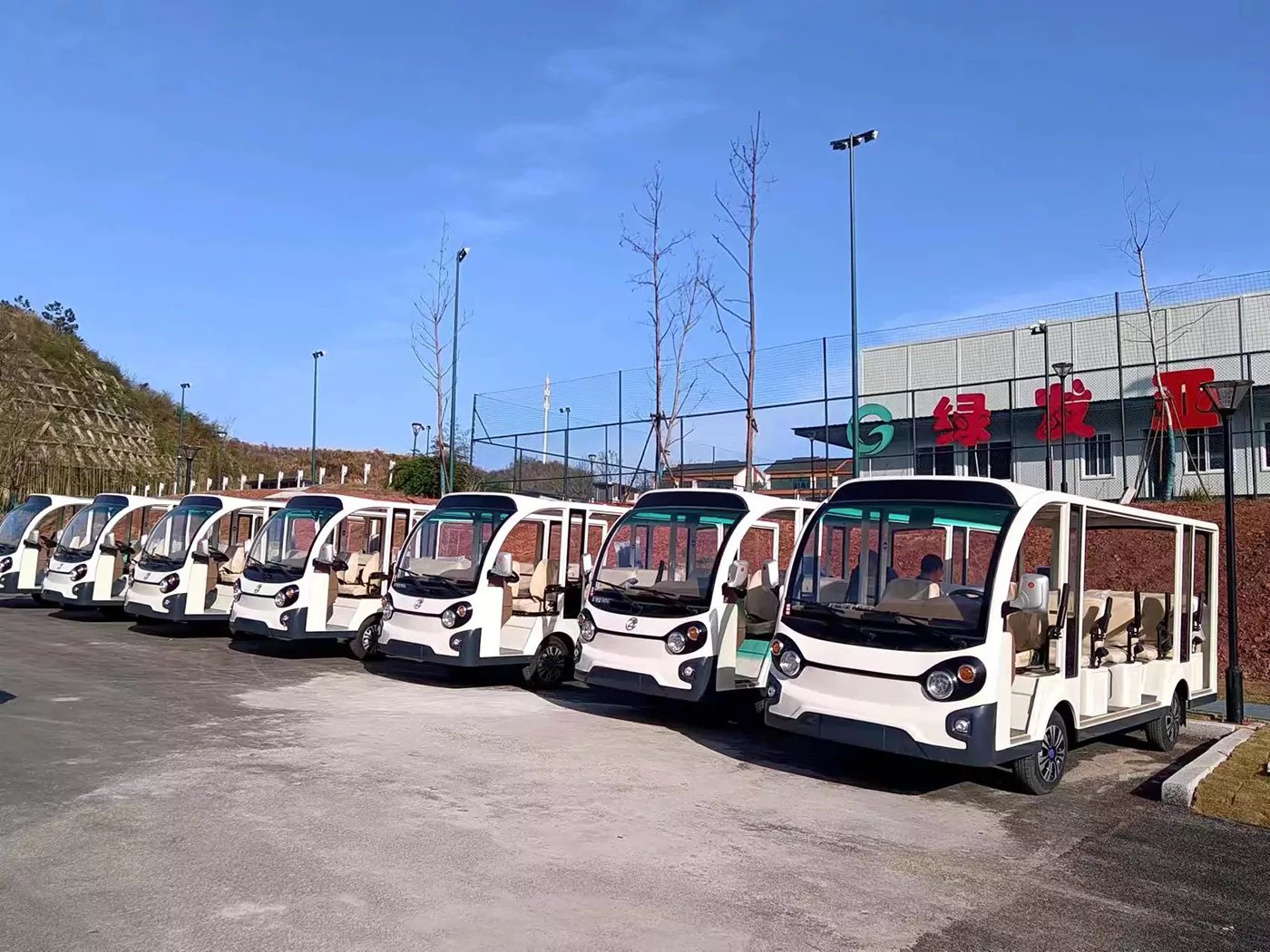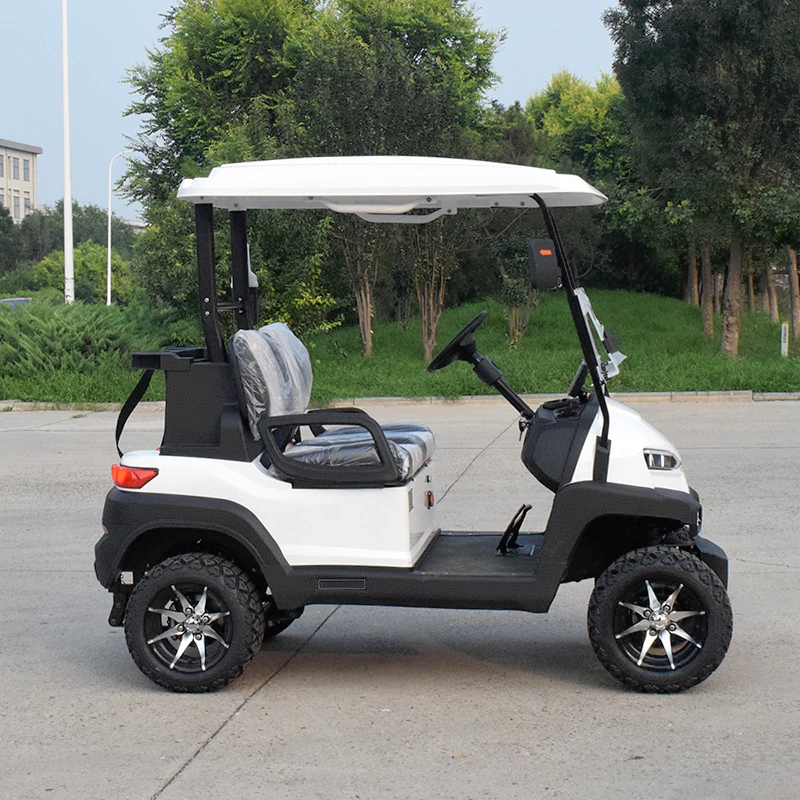The chassis technology of a sightseeing car is an important part of ensuring its safety and riding comfort. Chassis technology involves chassis structure, suspension system, braking system and power system. Reasonable chassis technology can improve the stability and handling of the vehicle, provide ride comfort, and ensure the safety and reliability of the vehicle while driving. What are the functions and uses of electric sightseeing cars? Let’s take a look.
First of all, the chassis structure is the basis of sightseeing car chassis technology. The chassis of a sightseeing car is usually made of steel to ensure the stability and durability of the body. Chassis structure design needs to consider the center of gravity of the body, weight distribution and the stability of the entire vehicle. A reasonable chassis structure can improve the stability and controllability of the vehicle and reduce the shaking and bumping sensation of the vehicle while driving.
Secondly, the suspension system is an important part of the chassis technology of the sightseeing car. The suspension system mainly uses components such as shock absorbers and springs to absorb and reduce the vibration and bumps of the vehicle while driving. A good suspension system can provide ride comfort and reduce driver and passenger fatigue. At the same time, the suspension system can also improve the vehicle’s handling, making the vehicle more stable and reliable in operations such as turning, accelerating, and braking.
The braking system is also an important part of the chassis technology of the sightseeing car. The braking system is mainly composed of brake discs, brake pads, brake fluid, brakes and other components, and is used to control the braking effect of the vehicle. Sightseeing buses usually need to drive on mountain roads, curves and densely populated areas, so the reliability and sensitivity of the braking system are particularly important. A reasonable braking system can ensure that the vehicle can stop quickly during emergency braking, ensuring the safety of passengers and pedestrians.



